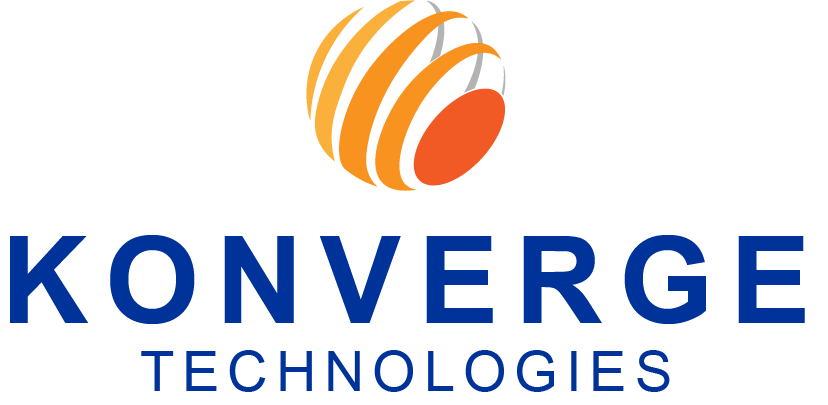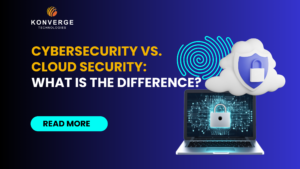
What is Application Integration?

In today’s business landscape, organizations rely on multiple software applications. However, these applications often operate in isolation, leading to data silos and fragmented workflows. Application integration bridges this gap by connecting different applications, enabling seamless data exchange and process automation. This article explores the importance of application integration, its benefits, and best practices for achieving a connected and efficient IT ecosystem.
What is Application Integration?
Application integration refers to bringing together different software applications and systems within an organization to facilitate the exchange of data and information. This allows different applications and systems to work seamlessly and helps organizations streamline their processes and operations. Organizations can improve efficiency, increase productivity, and gain a competitive advantage in their industry by integrating different applications and systems.
Application integration concepts
When an organization considers moving forward with application integration, various components are required to successfully orchestrate processes between two or more applications.
1. Application Programming Interface (API)
An API (Application Programming Interface) is a set of defined rules allowing different software systems to communicate and exchange information. These rules specify how data is transmitted between systems and provide a common interface that allows software components to interact with each other predictably and consistently. APIs have become a popular way to integrate applications, data, and services in recent years, as they enable developers to easily and quickly access the functionality of other software through well-defined data structures.
2. Events and actions
An event is a specific occurrence within a connected application, such as receiving payment. This event can trigger an action or series of actions, which may include standard functionality like creating, retrieving, or updating datasets and application-specific actions like creating a new case in Salesforce. When an event occurs, it initiates a series of responses or changes within the connected system.
3. Data mapping
Data mapping is the process of defining how information is exchanged between different systems or applications. For example, when you fill out and submit a contact form in one application, the event of submitting the form can trigger actions that map the data entered in the form fields to corresponding datasets in other applications. This may include categorizing the information entered into fields like first name, last name, and status. Data mapping simplifies exporting data and can make it easier to group and analyze the information.
Examples of Application Integration
Application integration connects different software applications and systems, enabling them to work together seamlessly. Here are some examples of application integration:
- API integration: Integrating different applications through their APIs (Application Programming Interfaces) is a common way to share data and functionality between systems.
- Cloud integration: Integrating cloud-based applications, such as Google Drive, Dropbox, or Microsoft Office 365, can help organizations to streamline their workflows and improve collaboration.
- Enterprise Service Bus (ESB) integration: ESBs provide a central platform for integrating different applications and systems by acting as a message broker.
- Data integration: Integrating data from different sources, such as databases, data warehouses, and data lakes, is essential for gaining insights into business operations.
- Business process integration: Integrating different applications and systems into a cohesive business process can improve efficiency and reduce errors.
- Middleware integration: Middleware provides a layer between different applications and systems, enabling them to communicate with each other.
- Mobile integration: Integrating mobile applications with backend systems can provide real-time access to data and functionality, improving the user experience.
- Social media integration: Integrating social media platforms, such as Twitter or Facebook, with business applications can enable organizations to leverage social data to improve their marketing and customer service strategies.
Application Integration Use Cases
Some of the use cases of Application Integration are:
- Banking: A bank integrating customer accounts, loan application services, and other back-end systems with its mobile app to provide services through a new digital channel and appeal to new customers.
- Manufacturing: A manufacturer connects devices that monitor the production line to other systems, such as parts inventories and scheduling applications, to uncover insights and improve the production process.
- Healthcare: A hospital integrates a patient’s record with an electronic health record system, allowing caregivers to easily access the information they need to effectively treat the patient as they move through different hospital areas.
- ERP Systems: An organization is integrating their enterprise resource planning (ERP) system with supporting applications and services to streamline and automate mission-critical business processes, such as payment processing and supply chain management.
- CRM Platforms: An organization is integrating their customer relationship management (CRM) platform with other tools and services to automate sales, marketing, customer support, and product development functions.
Why is Application Integration Important
Application integration is important because it allows different software applications and systems within an organization to communicate with each other and exchange data and information. This can lead to several benefits, including:
- Improved efficiency: By integrating different applications and systems, organizations can eliminate manual processes and reduce the time and effort required to complete tasks.
- Increased productivity: Application integration can help organizations streamline their processes and operations, leading to increased productivity.
- Competitive advantage: By using application integration to bring together different systems and applications, organizations can gain a competitive advantage by responding more quickly and effectively to changing market conditions.
- Improved customer service: Application integration can help organizations provide better customer service by giving them access to real-time data and information.
- Better decision-making: By accessing a broader range of data and information from different systems and applications, organizations can make more informed and accurate business decisions.
Get started with application integration with Konverge Technologies
Konverge Technologies offers a wide range of application integration solutions, including API development, pub/sub and point-to-point messaging, ESB, and more. With over 1,000 connectors and components, it’s easy to build the integrations you need. The platform also combines API and application integration, data integration, and data quality in one place, with simple visual tools and wizards to cover the entire development process. Konverge Technologies also includes data quality services to validate, clean, standardize, and mask data in any format. If you’d like to learn more, the company offers demos to show how its services can benefit your data management needs.



